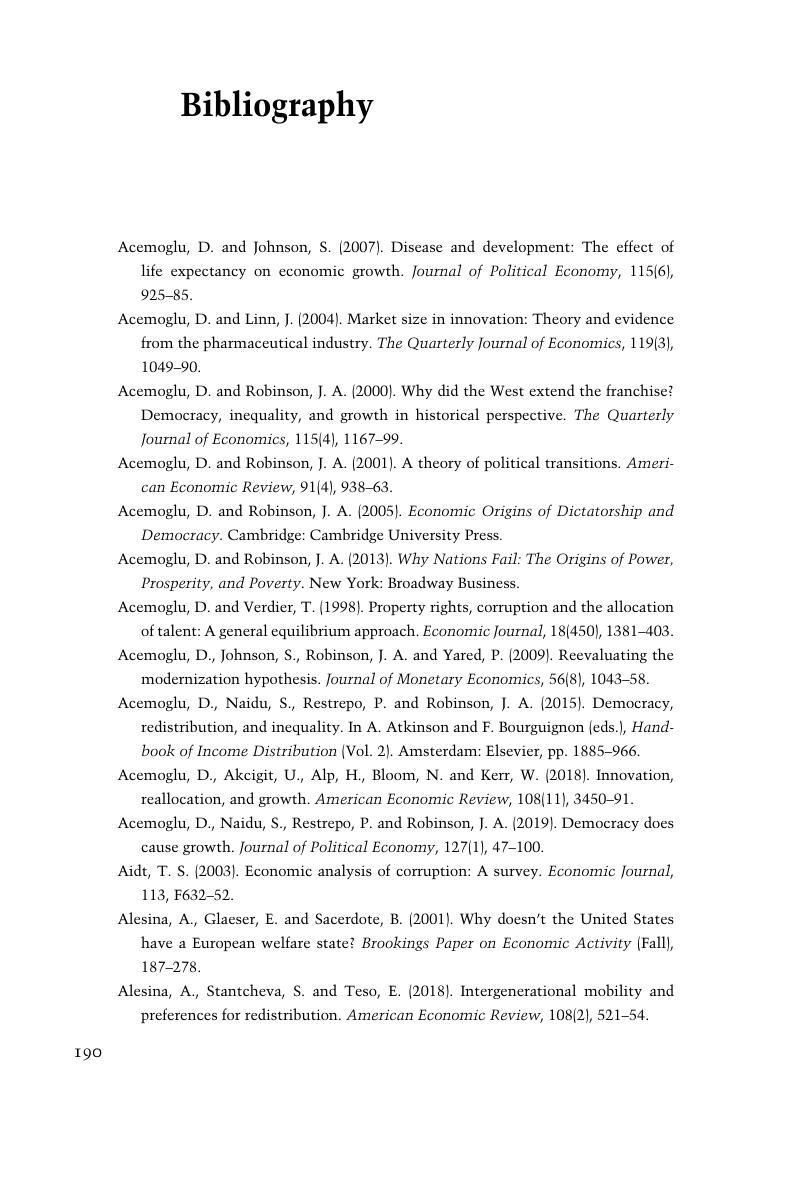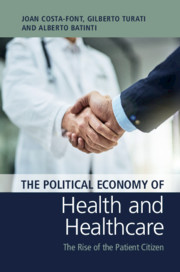Book contents
- The Political Economy of Health and Healthcare
- The Political Economy of Health and Healthcare
- Copyright page
- Contents
- Figures
- Tables
- Preface
- Part I Political Incentives in Healthcare Systems
- Part II The Political Contexts of Healthcare Policies
- Part III Political Institutions and Health
- Part IV Political Allocation in Healthcare
- Bibliography
- Index
- References
Bibliography
Published online by Cambridge University Press: 08 May 2020
- The Political Economy of Health and Healthcare
- The Political Economy of Health and Healthcare
- Copyright page
- Contents
- Figures
- Tables
- Preface
- Part I Political Incentives in Healthcare Systems
- Part II The Political Contexts of Healthcare Policies
- Part III Political Institutions and Health
- Part IV Political Allocation in Healthcare
- Bibliography
- Index
- References
Summary

- Type
- Chapter
- Information
- The Political Economy of Health and HealthcareThe Rise of the Patient Citizen, pp. 190 - 215Publisher: Cambridge University PressPrint publication year: 2020



